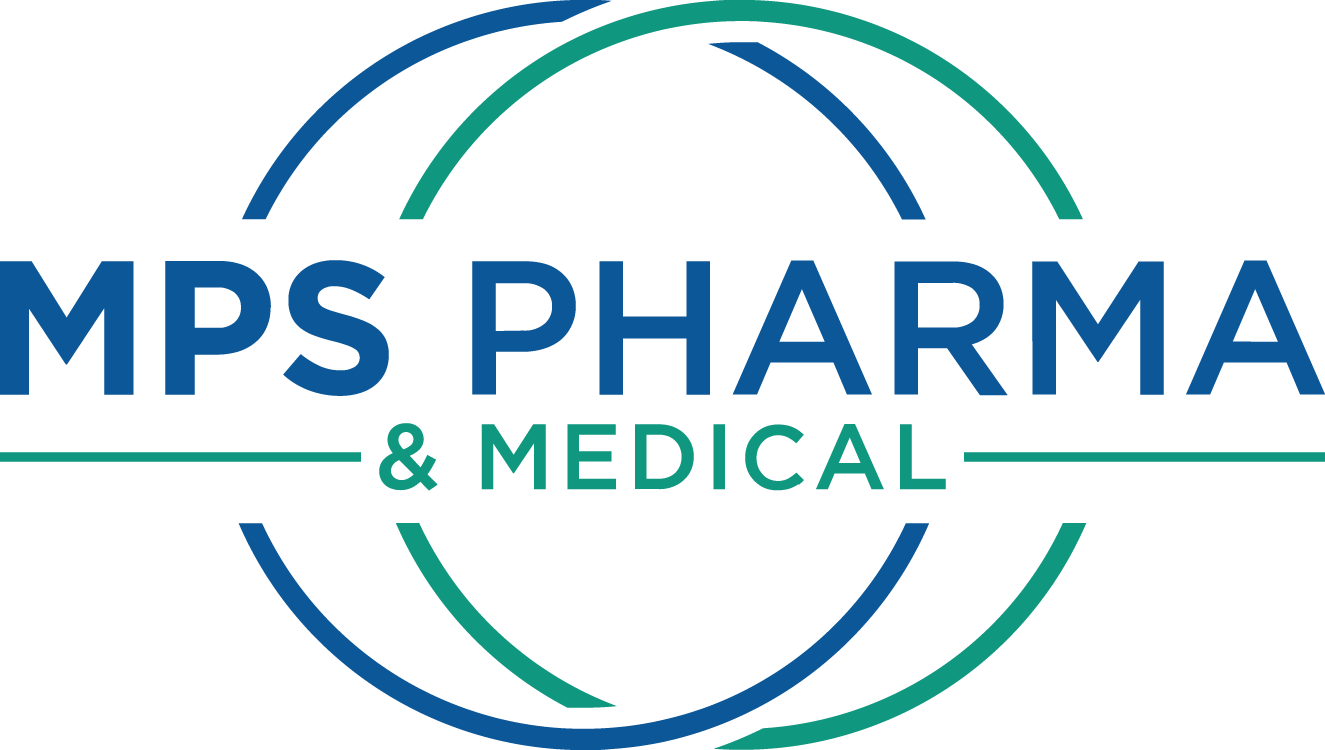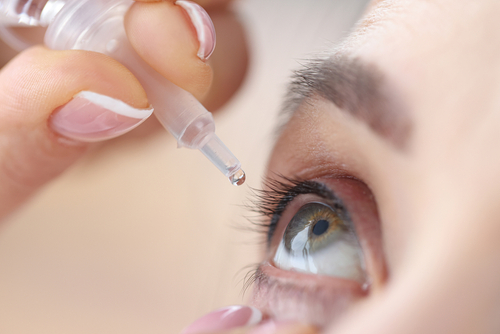Aseptic technique can only get you so far when compounding a patient’s ophthalmic medication. Once the compounded sterile preparation is with the patient, it is important for the patient to comply with all pharmacist’s instructions. So, how does one know if the patient is complying with the directions given? Well, the answer is simple; one doesn’t, not 100% anyways. Because of this, pharmacists have turned to preservatives when needing that extra microbial protection for the “just in case” moments when a patient can’t be monitored.
Preservatives are a double-edged sword. On one hand, these chemicals can be important to multi-dose sterile eye droppers in terms of providing antimicrobial properties but on the other hand can also be harmful to the patient.
Benzalkonium chloride (BAK), commonly used in multi-dose bottles of sterile ophthalmic drops, is an effective bactericide and fungicide that limits contamination of the sterile medication that can occur during a patient’s treatment. However, research has shown this quaternary ammonium compound is also responsible for causing damage to the corneal and conjunctival epithelial cells. So, with all the side effects of this preservative, why do we continue to use this in multi-dose sterile eye drops today?
Benefits of BAK Preservative in Ophthalmic Drops
The primary function of benzalkonium chloride (BAK) in multi-dose sterile eye drops is to fight off bacteria, maintaining the drug’s long-term use. The primary sources of contamination are shown to be from ambient air the patient is surrounded by at the time of use and any physical contact with the dropper tip; whether it be from fingers, eyelids or eyelashes.
BAK works by lowering the surface tension of the outer membrane of a microorganism. BAK is a cationic surfactant which allows the medication to easily pierce through the cornea by widening the space between the epithelial cells. This allows the BAK to enhance the medications effectiveness because a higher concentration of that medication is breaching the patient’s eye.
Why is BAK still being used today instead of alternative?
This preservative is still being used today for many reasons. The first reason goes back to the adage, “If it ain’t broke don’t fix it”. Many patients who take these medications (and have been for a few years) don’t show any damage from using an eye drop preparation containing BAK as the preservative, so it makes sense why a physician wouldn’t be overly concerned about this compound. However, that doesn’t mean that those patients shouldn’t be continuously monitored for any signs of damage in the future. If patients are on a medication with any mentioned possible side effects; it is in the physician’s and patient’s best interest to continually check for any potential negative outcomes.
Secondarily, another reason would be that other alternative preservatives may not meet the standards and safety requirements set forth by other countries, some of which can be stricter than the United States. This would restrict pharmaceutical companies from marketing globally or offering a secondary formula. In either case this will ultimately prove more costly.
Besides the possibility that an alternative preservative would cut into profits, getting those secondary preservative options tested and approved in a commercial ready state would be a long, time consuming process.
Lastly using alternative preservatives may also mean that the patient would then need to pay a higher price for their medication as these may not be offered in generic sterile eye drops.
Ophthalmic Preservatives Options
Due to the potential complications associated with ophthalmic drops containing BAK, several new types of preservatives have been developed which include Polyquad, SofZia, and Purite. These preservatives are gentler on the eye and allow patients to still have access to multi-dose sterile eye drops.
Polyquad: Originally used in artificial tears, this compound falls in the quaternary ammonium preservative category, like BAK, but is a larger molecule which doesn’t cause the same toxicity.
SofZia: SofZia causes oxidative damage, followed by elimination of bacterial cells that lack the enzymes cytochrome oxidase or catalase. Since the human cells do contain these enzymes, they are not harmed by this process.
Purite: This preservative breaks down upon contact with air. Purite works by oxidizing the microbial cellular components and will not cause significant harm to human ocular tissue.
Going Preservative Free
As a final option, it is possible to provide medication with no preservatives at all. Below are a couple paths to that outcome:
Single Dose Droppers: The other alternative would be to use single dose sterile eye droppers. These become problematic when patients will try to hold onto these eye droppers and use it multiple times to save money. Without being able to monitor the patients directly at their homes, this type of medication delivery system counts on the patient to closely follow the pharmacist’s directions. From the compounder’s side this process involves additional preparation time from the filling of a dropper for each intended dose.
Multi-dose Preservative Free Dropper Technology: Some clever ways physicians can get around putting the patient on a preservative in general and avoid issues with patient compliance, would be to provide the medication from a sterile preservative free dropper bottle. It still maintains sterility, but it does it via a special bottle design, no preservative required.
Ultimately, this is all decided upon through a case by case basis and thankfully there are places like Sterile compounding pharmacies, who can offer some alternatives to commercially available products to fit the specific patient’s needs.
- URL: https://www.ncbi.nlm.nih.gov/pmc/articles/PMC5729814/
Website Title: Romanian journal of ophthalmology
Publication Year: 2015
Article Title: PRESERVATIVES FROM THE EYE DROPS AND THE OCULAR SURFACE
Date Accessed July 31, 2019
- URL: https://www.reviewofophthalmology.com/article/the-pros-and-cons-of-preservatives
Website Title: Review of Ophthalmology
Article Title: The Pros and Cons of Preservatives
Date Published: April 15, 2015
Date Accessed July 31, 2019
- URL: https://www.ncbi.nlm.nih.gov/pubmed/20302969
Website Title: Progress in retinal and eye research
Publication Month: July
Publication Year: 2010
Article Title: Preservatives in eyedrops: the good, the bad and the ugly
Date Accessed July 31, 2019

 0
0
